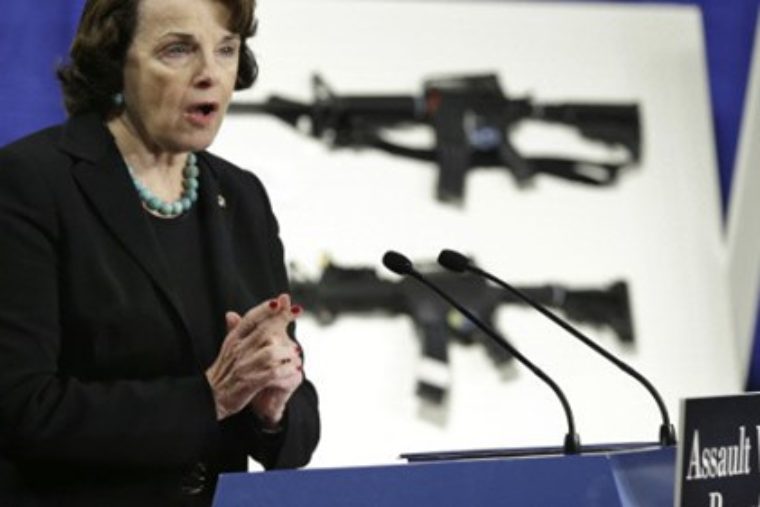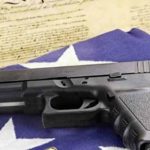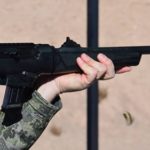FTA: It’s important to consider the realities of defensive gun use, which occur hundreds of thousands, or even millions of times per year. Someone who finds their home being invaded didn’t plan the encounter. Even law enforcement officers have a 39 percent probability to hit a target in a high-stress situation. This, combined with the fact that each hit with a handgun or intermediate cartridge has only an approximate 22 percent chance to stop the target, explains the need for larger magazines. From this, we can extrapolate that a novice law enforcement officer (likely more experienced than the average American) would need about 12 shots to reliably stop a single attacker.
Average people have no opportunity to prepare when there’s a bump in the night or a riot breaks out. On the other hand, mass shooters plan ahead and bring spare magazines. Americans who find themselves needing to defend themselves are unlikely to have spares on hand trained for the occasion. It’s these situations where they need a proven, reliable, and multi-purpose firearm—and yes, that includes “assault weapons.” When innocent Americans can face multiple attackers, and it can take more than 10 shots to reliably stop a single one, is a 30-round magazine and a reliable firearm unreasonable? Definitely not.
A familiar feud in American politics has reared its head once more. After the massacre that struck Christchurch, New Zealand in mid-March, the question of whether civilians should be able to own “assault weapons” again became en vogue.
New Zealand responded to the shooting by banning an entire class of weapons just days later, to the thunderous applause of gun control activists and others on the mainstream political left. This response was lauded as reasonable and decisive, with proponents insistent that nobody needs “weapons of war.” In turn, gun rights activists deflected per their usual means, poking holes in gun control logic, and attacking their opponents’ vague and uninformed definitions. But no one is explaining the reason that people truly do need these weapons.
Generally, Americans know what people are talking about when they hear the term “assault rifles.” But when someone tries to write a rigid definition, things get ridiculous. Past definitions have included things like 22-caliber “squirrel guns,” handguns, shotguns, and so on.
by Matthew Larosiere



